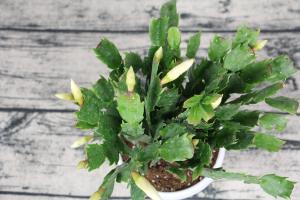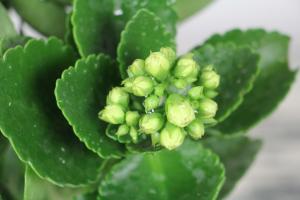Introduction
When it comes to planting gardens, it's important to consider crop rotation to maintain soil health and prevent the buildup of pests and diseases. One common question is what should not be planted after tomatoes. In this article, we'll discuss some of the crops and plants that should be avoided after growing tomatoes.
Potatoes
One crop that should not be planted after tomatoes are potatoes. Both potatoes and tomatoes are part of the nightshade family, and they share many of the same pests and diseases. Planting potatoes after tomatoes can increase the risk of soil-borne diseases like verticillium and bacterial wilt. Additionally, planting potatoes after tomatoes can increase the risk of pests that attack both crops, like the Colorado potato beetle.
Peppers
Peppers are another crop that should be avoided after tomatoes. Like tomatoes, peppers are also part of the nightshade family, which means they share many of the same pests and diseases. Additionally, pepper plants are prone to phytophthora, a soil-borne fungus that can survive for years in the soil. By planting peppers after tomatoes, you increase the chance of creating an environment that is conducive to the growth of phytophthora.
Eggplants
Eggplants are also part of the nightshade family, and they should not be planted after tomatoes for similar reasons as peppers and potatoes. Like peppers, eggplants are prone to phytophthora, making them more susceptible to soil-borne diseases if planted after tomatoes. Additionally, eggplants are more susceptible to early blight, a fungus that can be carried by tomato plants.
Other Crops
In addition to nightshade family crops, there are other crops that should not be planted after tomatoes. This includes other Solanaceae plants like tomatillos and cape gooseberries. Additionally, plants like corn and strawberries should be avoided after growing tomatoes. Corn is a heavy nitrogen feeder, which can deplete the soil of nitrogen, while strawberries are at risk of verticillium wilt and other soil-borne diseases.
Conclusion
Crop rotation is essential for maintaining soil health and preventing the buildup of pests and diseases. When it comes to planting after tomatoes, it's important to avoid crops that share pests and diseases with tomatoes, like potatoes, peppers, and eggplants. Additionally, other crops like corn and strawberries should be avoided to prevent soil depletion and disease contamination. By following these guidelines, you can ensure a healthy and productive garden for years to come.

 how many times do yo...
how many times do yo... how many planted tre...
how many planted tre... how many pine trees ...
how many pine trees ... how many pecan trees...
how many pecan trees... how many plants comp...
how many plants comp... how many plants can ...
how many plants can ... how many plants and ...
how many plants and ... how many pepper plan...
how many pepper plan...






























